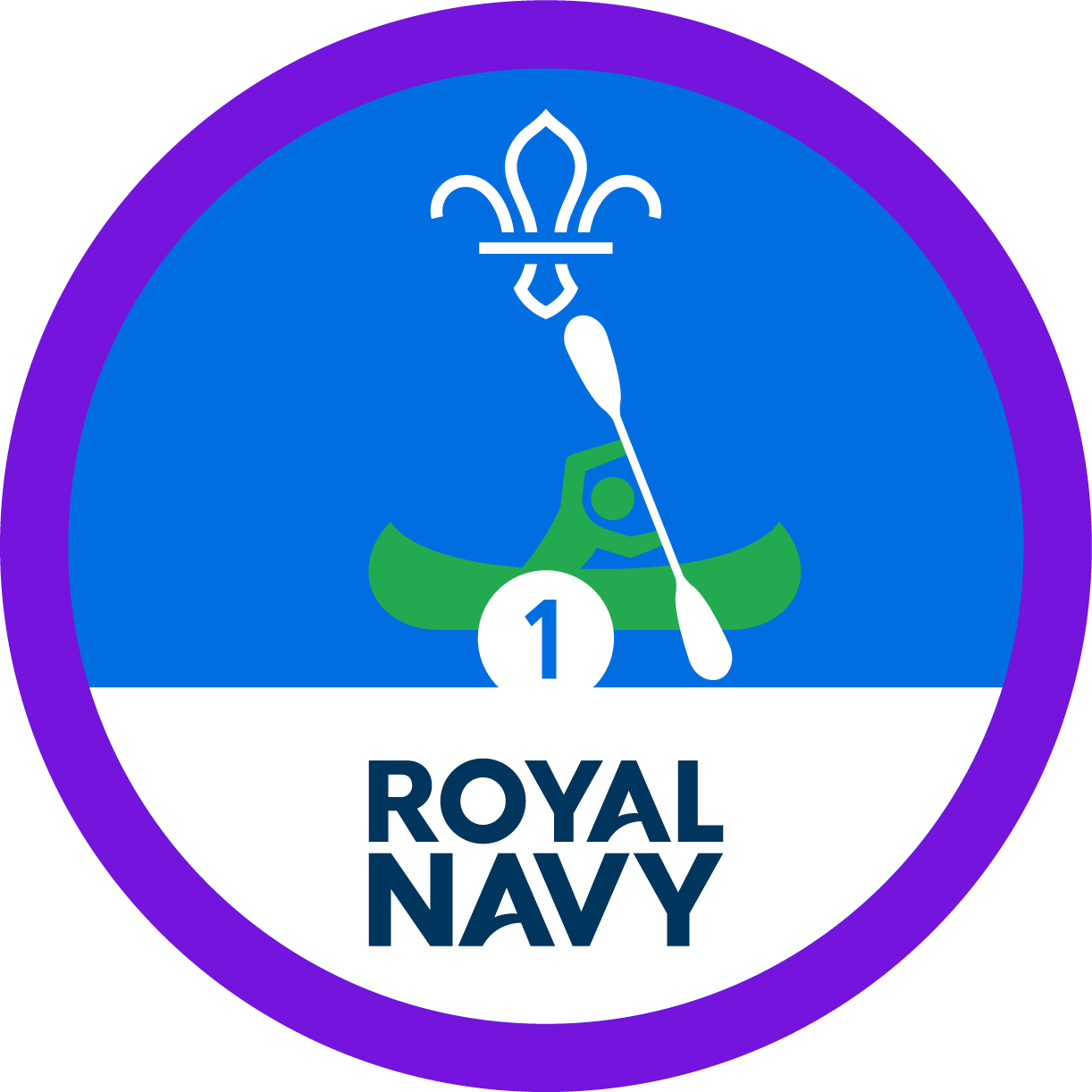
Kayak keep away
You’ll need
- Kayak
- Paddles
- Buoyancy aid
- Ball
Before you begin
- This game’s designed for when you’re spending time on the water kayaking. Everyone will need to learn the basics of kayaking (like how to paddle) first.
- If you’re new to kayaking, want to refresh your memory, or want some ideas to prepare for the session, take a look at our Kayaking activity details.
- Remind everyone that throughout the game, they should always have a firm grip on their paddle and be aware of the space around them. You may want to introduce a signal that means everyone should stop, too.
Play the game
- Once everyone’s warmed up, the person leading the game should choose two players to be in the middle.
- Everyone else should form a large circle, with the noses of their boats facing inwards. The two chosen players should be in the middle of the circle.
- The outside players should use their hands to throw the ball back and forth across the circle. They must throw it on as soon as they’ve caught it, and they must throw it across the circle (not to the players on either side of them).
- If they miss the ball, the outside players can carefully use their paddles to retrieve it. They mustn’t break the circle to get the ball if it’s in the middle – they’ll just need to reach with their paddle.
If the ball ends up outside the circle, someone can break the circle to go and get it back.
- Meanwhile, the people in the middle should try to steal the ball. They could lift their paddles to intercept it, or race to get missed balls from the middle before the outside players reach it.
- Whenever the people in the middle steal the ball, the outside player who touched it last should join them and become a player in the middle.
As the middle of the circle gets busier, people need to be extra-cautious about how they use the space around them to avoid hitting people with their paddle.
- Everyone should keep playing until about half of the group are in the middle. Then they should start again with new people in the middle.
The person leading the activity should monitor numbers to make sure there’s enough space for everyone to play safely. If you need to, end the game early and start again. Don’t just wait for a certain number of people to reach the middle: if too many people are in the centre, the game can become confusing and less safe.
Reflection
This activity was a chance to be active, and hopefully it also gave people a mood-boost. How did people have to move to win the game? Was it a good way to get confident on the water? Did people enjoy playing? Do people think games are a good way to practise skills? People could think about how they’re usually enjoyable, so it’s easier to stick at it, and it’s useful to practise skills in a situation that feels more ‘real’. Can anyone think of an example of another skill they’ve practised? Do they remember the details, or have they forgotten them? People could think about how they learned it and whether it helped.
Safety
All activities must be safely managed. You must complete a thorough risk assessment and take appropriate steps to reduce risk. Use the safety checklist to help you plan and risk assess your activity. Always get approval for the activity, and have suitable supervision and an InTouch process.
- Poles and long objects
Be careful when moving poles or long items. Take care if the ends are sharp. Have appropriate supervision for this activity.
- Water games and activities
Be careful when doing activities with, in, or near water. Check surfaces and reduce the risk of slipping where possible. Make sure you have appropriate supervision for this activity.
- If everyone’s confident on the water and up for the challenge, start off with one person in the middle. They’ll have to work extra hard to steal the ball.
- When choosing people to go in the middle, pick a pair that’s balanced in terms of experience and ability. Making sure at least one person’s feeling confident means that the pair won’t be stuck in the middle for too long!
Many outdoor centres have kayaking equipment and facilities that cater for people with additional needs. They also have experienced instructors to help everyone achieve their goals. Get in touch with your local provider to chat through the needs of people in your group – make sure you give them plenty of notice.
All Scout activities should be inclusive and accessible.
Deep down, this game was all about kayaking technique and confidence. You could add in other games or challenges that focus on things like stopping, starting, and turning. It’s often best to avoid time trials or races, so people aren’t tempted to get sloppy with their technique. The activities may count towards other badges, such as the Paddle Sports Staged Activity Badge.
Anyone who’s keen on kayaking could check out British Canoeing for information on training and awards.
